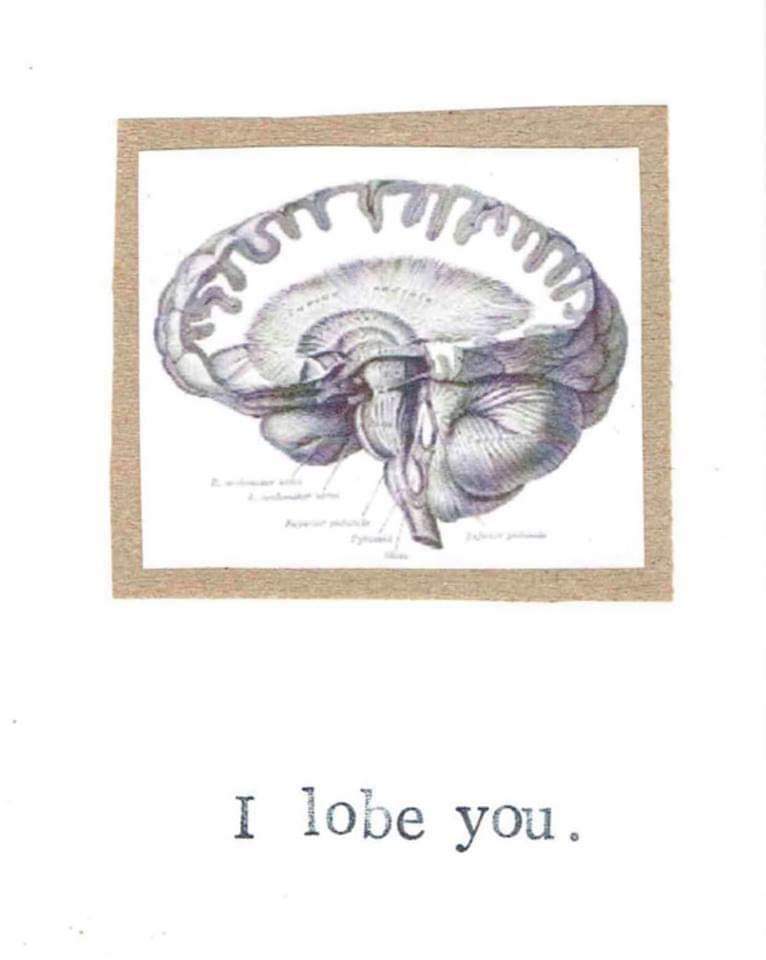The association of ADHD and Attachment Disorder with Hooliganism - Part I

We are in Belgrade, me and my girlfriend are visiting our Greek friend Myriam who wants us to meet her boyfriend, Sasha. Myriam, knowing that I'm an OT has informed me that Sasha has just recently been diagnosed with ADHD, quite late if we consider that he had symptoms since he was in primary school, but in mid-90's, ADHD diagnosis was not very common in former Yugoslavia. Sasha never finished school, he was always in trouble with his parents and with the law, but he has now made a new beginning and works as a bus driver which is a very stable job.
We meet in a cafeteria, we order our drinks, but from the beginning there is a failure to communicate. Sasha does not speak English and Greek; we do not speak or understand Serbian, so we have to speak to Myriam who is translating everything to Sasha. By the way, Sasha is like a giant. He is tall and big and muscular, but he is smiling all the time and seems kind. Myriam is undoubtedly enthusiastic about her relationship. Sasha does not speak much, so far.
At some point, my girlfriend and Myriam are going to the ladies’ room, so I'm alone with Sasha and without hesitation I begin the following conversation (remember; he does not speak English or Greek; I don't understand or speak any Serbian), in an effort to break the ice.
- Partizan or Red Star? I ask him.
- Partizan dok ne umrem, he replies (please use Google translate).
- Ultras, fighting, football?? I am just dropping there some key words to get the conversation going.
- Yes, Grobari!!! Sasha replies.
- Ok, man, understand.
When the girls are back, I whisper to Myriam's ear, ‘Has he ever told you about his past being a Grobari?’ Myriam says ‘No, what is that?’, she obviously has no clue what I’m talking about. Then she asks Sasha, who is now enthusiastic and starts to share his stories as a Partizan Belgrade hooligan !!!
Myriam is speechless. What Sasha is describing now is out of this world. Prearranged meetings with other fans to fight, investigations and prosecutions by the police, his friends who lost their life inside and outside of the football stadiums, the gangland-style killings and his escaping-from-the-hood Happy-end story. Myriam turns to us and says. ‘I honestly had no clue. I would have never asked him, Neki. Thank you so much. But, let’s change topic now, I'm begging you'.
- Wait, one last thing, please. Could you ask him... Erm, what advice would he give to his younger self, if he had the chance, so that he would rescue himself from becoming a hooligan? You see, I’m working with children and teenagers with ADHD and I want to help them, the best way I can.
Myriam translates to Sasha, Sasha gets immediately emotional and replies:
- You should never leave school, no matter how hard it is for you, no matter how you are not understood by your teachers and parents, and you should never trust any so-called friends that ask you to do bad things!!!
Well, this topic, the association of ADHD children with hooliganism has been always a great interest of me. There are several studies that associate hard-core hooligans with violent behaviour – such as attention deficit hyperactivity disorder (ADHD), emotion-regulation deficits, heightened impulsivity, sensation-seeking behaviour and antisocial tendencies (Lösel and Bliesener, 2003; Piquero et al., 2015; Russell, 2004; Van Hom et al., 2020).
And here, in Belgrade, I find myself in front of a real case study, so could not hesitate but ask for true evidence-based stories
... and I’m sharing this with you to share it with others.
References
Dünkel, F. ed., 2003. Youth Violence: New Patterns and Local Responses-Experiences in East and West: Conference of the International Association for Research Into Juvenile Criminology. Forum-Verlag Godesberg.
Piquero, A.R., Jennings, W.G. and Farrington, D.P., 2015. The life-course offending trajectories of football hooligans. European Journal of Criminology, 12(1), pp.113-125.
Russell, G.W., 2004. Sport riots: A social–psychological review. Aggression and violent behavior, 9(4), pp.353-378.
van Ham, Tom, et al. "Planned hooligan fights: Contributing factors and significance for individuals who take part." European Journal of Criminology (2020): 1477370820932080.
... We meet in a cafeteria, we order our drinks, but from the beginning there is a failure to communicate (this phrase is copied from my beloved Axl Rose-scroll down to the end of this story for the iconic song)...
